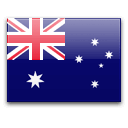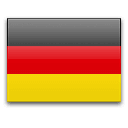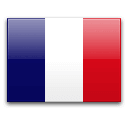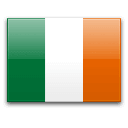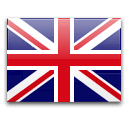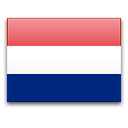What is the Thorlux WEEE registration number?
WEE/DE0061TU
What is the name of your compliance scheme?
Electrolink
What are B2B and B2C?
B2B is “business to business” and B2C is “business to consumer”. Thorlux only supply B2B.
We have removed lamps from Thorlux fittings. Can Thorlux arrange collection and disposal?
No. You must contact the lamp brand manufacturer who will have taken responsibility for this “hazardous” waste. They will, most likely, be members of
Recolight. They will arrange to collect and recycle your lamps, probably free of charge, as their lamps include a recycling levy.
Can I dispose of luminaire WEEE myself?
Yes, this is the simplest approach for B2B. This must be done via a recognised facility. These are being set up nationally and your installation contractor will be able to arrange disposal along with other goods.
Will Thorlux arrange disposal if requested?
Yes we can arrange this; however there will be a charge as we made no charge at the time of supply.
Can I pay Thorlux up front for WEEE?
No, we believe that the most practical approach is for payment to be made at the time of disposal. All WEEE, including Thorlux luminaires, being removed from site can be dealt with more efficiently in one consignment. We believe it will be more environmentally friendly to handle all this waste as one, rather than arranging separate collections and trying to trace brands back to source.
Are all old luminaires subject to WEEE?
“Historic” WEEE is equipment that was sold before 13th August 2005. Producers have some responsibility for this kind of WEEE when new luminaires are supplied on a like for like basis i.e. if 10 luminaires are taken out of service and replaced with 10 luminaires performing the same function.
What is the difference between historic WEEE and future WEEE?
All luminaires and lighting control devices are subject to the WEEE directive. There is no maximum age for the equipment however WEEE can be split into two categories; historic WEEE and future WEEE.
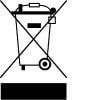
NB: Any equipment sold after 13th August 2005 is classified as “Future” WEEE. This is identified by the wheelie bin symbol on the product labelling. Producers carry some take-back responsibility for all such products whether replacements are sold or otherwise.
However, as Thorlux do not make a charge at the time of supply (now or in the past) we will make a charge if requested to handle either type of WEEE.
Is the wiring between luminaires or trunking systems covered by WEEE?
No, only complete lighting units such as luminaires and lighting control devices are subject to WEEE.
How is the disposal cost calculated?
Disposal cost of WEEE is calculated by weight and location. If we are requested to collect and/or recycle WEEE we shall sub contract this activity to our compliance scheme.
How are the charges applied?
Our compliance scheme will quote you and invoice appropriately. In some cases, Thorlux may arrange the quotation and invoicing on your behalf.
Is the waste audited at disposal? (What if packaging and other non-WEEE items or non Thorlux items are sent in with the waste?)
Only approved lighting based WEEE will be accepted unless different arrangements have been made with our compliance scheme.
How is the WEEE monitored?
When you dispose of Thorlux WEEE we request that you fill in our website logging form on the right. If we arrange disposal of WEEE for you then we will keep a log. All records will be sent to our compliance scheme at regular intervals who will then report on our behalf to the Government.
Why is WEEE monitored?
So that the EU authority can check that member states are conforming to agreed targets (collection rates).
How is this WEEE actually recycled?
WEEE will end up at an authorised treatment facility (ATF). The waste is then separated into the different materials and components so that it can be recycled and used again in the future.
If a gear component is replaced early is this subject to WEEE?
No. Only complete electrical assemblies, such as luminaires or lighting control devices, are regarded as WEEE. It should however be disposed of correctly.
Is there a minimum amount of luminaires or lamps to be classified as WEEE?
No.
Are any lamps excluded from the WEEE directive?
Yes, tungsten halogen and GLS lamps are excluded. Lamps which are exported outside of the UK.
Are any luminaires excluded from the WEEE directive?
Yes, those used within a household. Lighting columns are not included. Luminaires which are exported outside of the UK.
What happens to lamps and luminaires that are exported?
If exported outside of the UK but still within Europe, the responsibility will fall to the “importer” within the destination country. Scheme rules vary from country to country. If exported outside of Europe – the WEEE directive does not apply.


